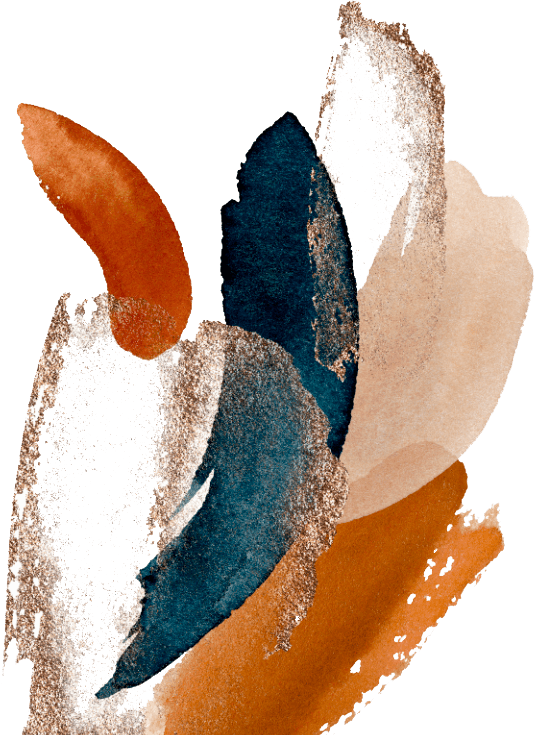- 13 May 2016
- 7157
NEFU scientists study a giant hollow in Verkhoyansky region of Yakutia
Photo: from the archive of RGS Yakut branch
On May 11, a group of scientists of NEFU Institute of Applied Ecology of the North went on an expedition to the Verkhoyansky region for research of thermokarst hollow Batagayka – earth’ break up of 100 meters. According to the Research Institute, Professor of Permafrost Science from Sussex University (UK) Julian Murton joined a group of scientists.
"Batagayka is a unique place, thermokarst hollow, emerged in the 1960s as a result of human impact and melting ice. Its depth of 90-100 meters, length - up to one kilometer", said Director of Research Institute Grigory Savvinov. A group of five scientists will conduct a ground reconnaissance. According to the professor, in 2009 the mummy of a buffalo cub, part of the ancient horse carcass were found in the hollow that are now stored at NEFU Mammoth Museum.
Professor Julian Murton, representing Sussex University, is interested in permafrost research. "My task in this expedition is to examine the black deposits in the canyon and find out whether they are ancient soil. By assumption of the scientists Professor Anatoly Lozhkin and Patricia Anderson of the University of Washington, previously studied the remains of spores and plant pollen in this hollow, there may be remains of plants that existed 120 thousand years ago", the scientist explained.
The hollow is located seven kilometers from the village Batagay. Scientists note that the study will be carried out within a week. "It is too early to talk about expectations. We will explore the layers of the hollow - there are the roots of plants, animal remains and loam in the permafrost. All biota is preserved", said Petr Danilov, senior researcher at the Institute.


 English
English Russian
Russian Chinese
Chinese